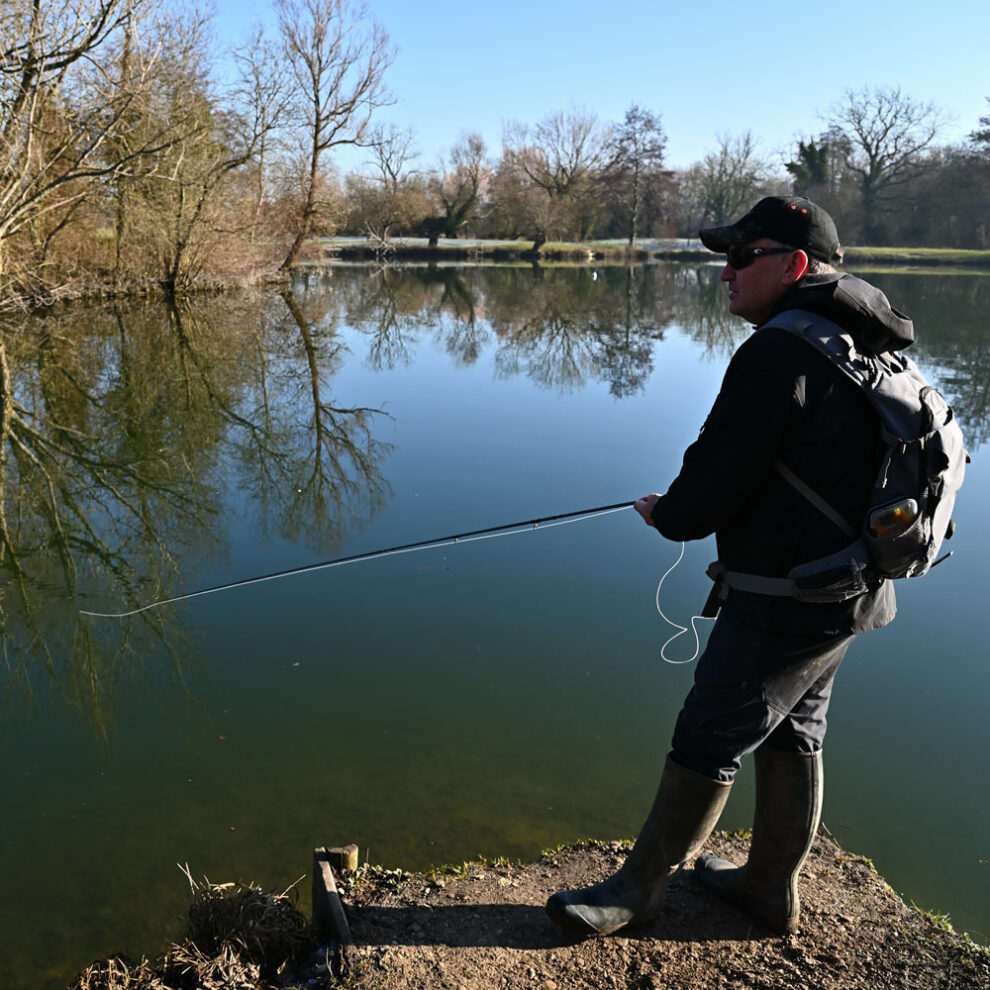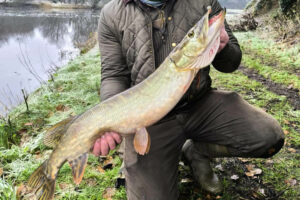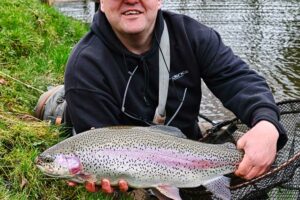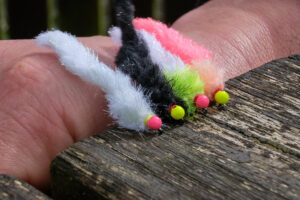Some anglers are very passionate about their leaders, and rightly so. Some, however, don’t get caught up in them and pick up a tapered leader in their local tackle shop. There is no right or wrong way with the two options mentioned, and it’s each to their own. I switch from tying my own leaders to packet leaders regularly. There are conditions where I will tie my own leader. Occasionally, I have left my tapered leaders at home on the countertop, and my dear wife thinks it’s an empty packet and bins it, so I’m down a leader and get an earful for leaving empty packets on the countertop.
During a fly cast, the energy we place into our fly line transfers into our leader. We can do some things to make this energy transfer smoother and more efficient. I use the needle knot mostly, as it transfers the energy smoothly from my fly line to my leader and gives me the turnover I am looking for. It eliminates the latching effect between the fly line and the leader. You can use loop-to-loop connections that also work well, but as you progress and try different connections, you will eventually settle on one you tend to prefer that will suit your casting style and application.
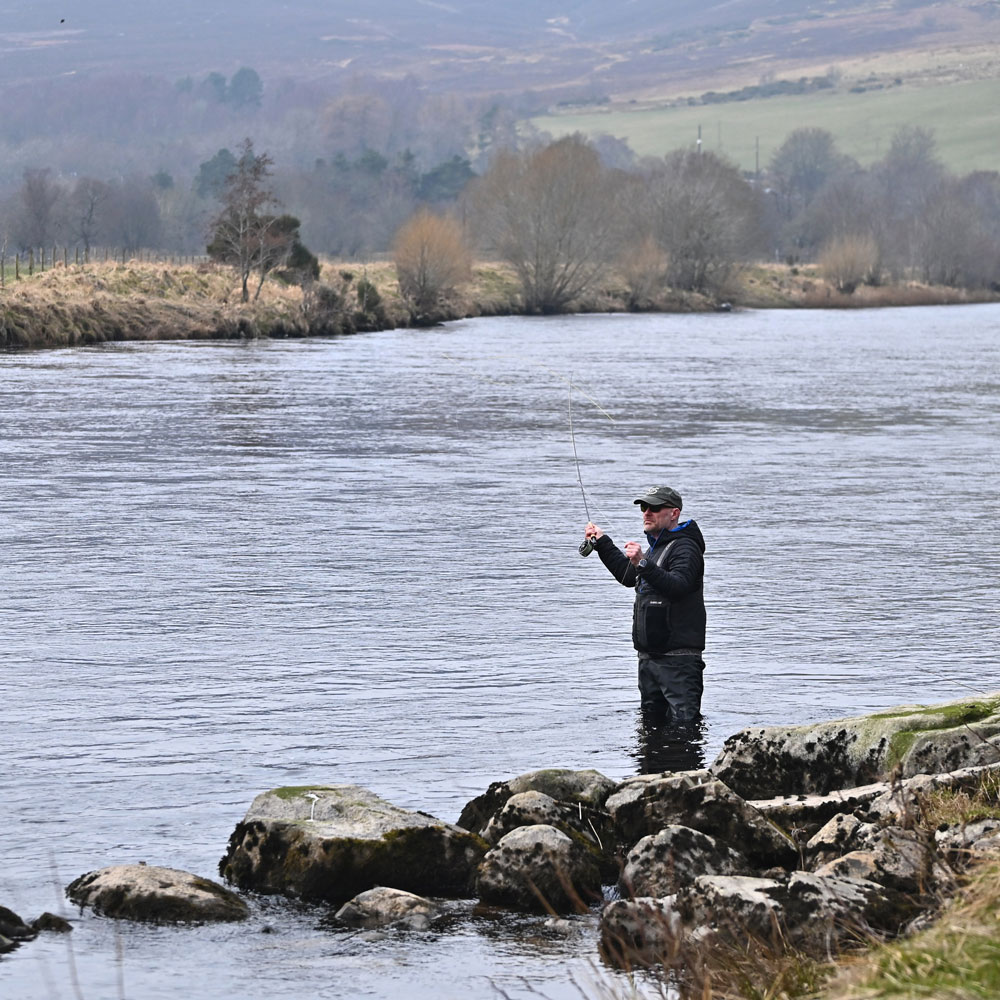
Now, we have spoken a little about the energy transfer around joining the fly line to the leader. It’s time to move on to the next piece. Once the leader receives the energy from our fly line, it travels through the leader and right to the business end. If our leader is not in the correct proportion, we will get poor energy transfer, affecting our turnover and presentation. Let’s say, for example, we have a beautiful calm day and are fishing upstream. In this instance, I can use a progressive leader with a shorter butt section, giving a more delicate presentation. Now, let’s say we are fishing in the same direction, and I get a typical River Nore downstream wind, this makes me have to work harder with the rod, which may push me out of technique.
If it’s a light breeze, there is a way to counteract it by changing our casting arc, but today, it’s all about the leader. So, what to do? We will now switch to an aggressive leader with a longer butt section. The longer butt section transfers more energy into our leader’s mid and tippet section, which gives us a little more bite when the wind is in our face. So, for example, the progressive leader may have a 4ft butt section, whereas our aggressive leader will have a 6ft butt section. This longer butt section holds more energy, which will power the leader for longer, giving us a better turnover when casting into a breeze. Of course, the aggressive leader can sometimes help turn over cumbersome flies/indicator rigs. If using a progressive leader for cumbersome flies/indicator rigs, we will see that our leader does not perform as it should.
Let’s see what suits us best.
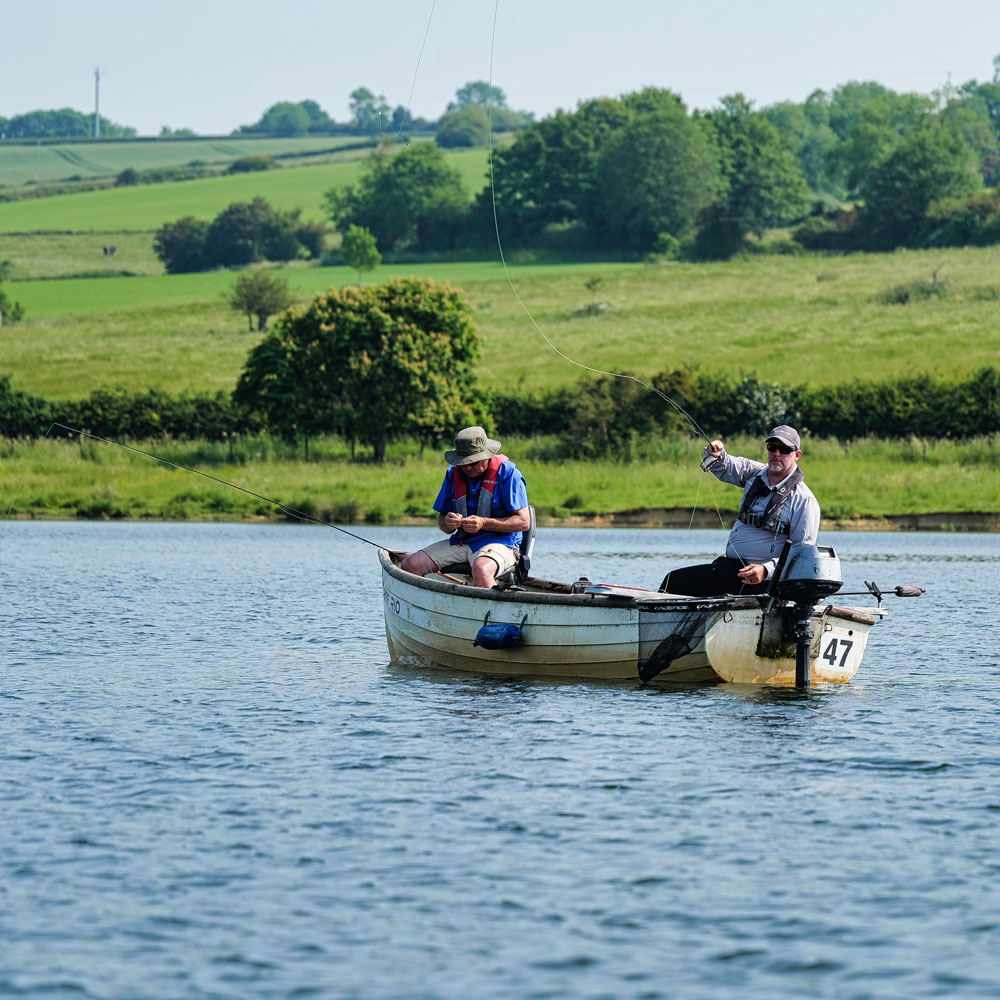
During the off-season on the river, I visit the lake to “design” the perfect set of leaders. I work to make a progressive leader that will delicately land my size 18, 20, and 22 on the water. I then consider making an aggressive leader that will turn over indicator rigs, for example. I record everything in a diary and work to improve. The results can be amazing and lead to catching more fish, which is very rewarding as you constructed the leader yourself.
Making a start on your first leader, keep it simple. Start with an overall length of 9ft. Use a 3ft butt section, 3ft mid-section and 3ft tippet section. Try this and adjust until you get the turnover and presentation you want. When joining the sections of line in my leader, I use blood knot to blood knot connections. When clinching these knots, do it slowly and ensure that you lubricate the knot with saliva, this stops friction, which can weaken the knot. Keep it to two or three sections to start with, and then use additional sections if you feel you need to.

